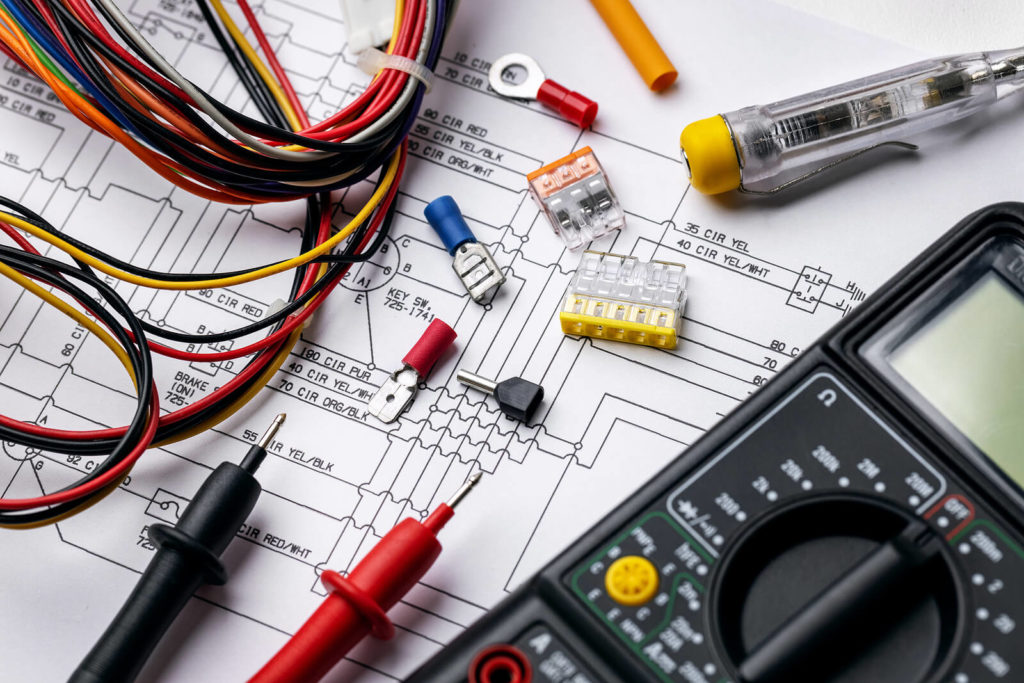The electrical system is the backbone of every modern home. It has to not only be efficient but also safe for all occupants. In this changing world where eco-efficiency and functionality are in great demand, your electrical strategy needs to align perfectly with your housing plans. The U.S Department of Energy reports that homes with smart electrical strategies tend to consume about 20% less energy, underscoring the importance of a well-established plan.
Energy Efficiency in Modern Homes
When planning your house design, you must consider its energy efficiency. This encompasses how effectively the household appliances utilise energy. For optimal success, this process should include electrical planning. You need high-grade wiring systems that lower power intake yet keep the functionality at an all-time high.
Replacing Outdated Electrical Panels
Older electrical panels pose an array of hazards, such as fires and electrical shocks. Changing them to contemporary options not only offers safety but boosts the effectiveness of power consumption in your house.
Safety Measures in Electric Wiring
A misstep during installation can lead to tragic accidents. To avoid this, your strategy should focus on utilising modern circuit breakers, ground fault circuit interrupters, and tamper-resistant outlets which are safer and more reliable compared to traditional options.
Embracing Smart Home Technologies
The adoption of sophisticated home automation technologies is a game-changer in contemporary housing strategies. From remotely controlling the lighting system to managing energy usage through real-time monitoring, smart homes provide efficacy and comfort.
Eco-Efficiency with Solar Energy
You ought to tap into clean electricity through solar panels. They harness the sun’s energy, reducing dependence on fossil fuels. This strategy aligns with environmental conservation guidelines and helps save money on energy bills.
Use of LEDs for Lighting
Led lamps have proved to be a champion in the modern housing scene. Compared to incandescent bulbs, they consume less energy and have a longer lifespan, translating to massive energy savings and low carbon footprint.
Indoor Air Quality
Your electrical strategy should focus on enhancing indoor air quality. Installing exhaust fans and dehumidifiers in basements can make your house healthier by eliminating mold as well as moisture.
Considering Future Expansions
You need to factor in potential electrical needs for future expansions or improvements. This entails setting up an additional conduit system that allows you to run cables smoothly when extending rooms or adding new ones.
Switch from Analog to Digital Systems
Digital technologies offer superior performance over their analog counterparts. Your strategy should involve transitioning to digital systems that enhance data fidelity and provide consistent readings free from noise inference.
Necessity for a Backup System
The risk posed by power failures underscores the importance of establishing a standby system. Installation of provisions for generators or battery backups will ensure uninterrupted power supply during outages, allowing your daily routines to continue smoothly.
Final Thoughts
Embracing effective and efficient electrical strategies for contemporary housing is invaluable. It’s all about opting for technology that guarantees safety, reliability, and sustainable living. Always ensure that your strategy falls within regulatory guidelines without compromising convenience or comfort. As you make these upgrades and adjustments, be mindful about current trends in order to create an appealing, up-to-date living space with optimal functionality.




